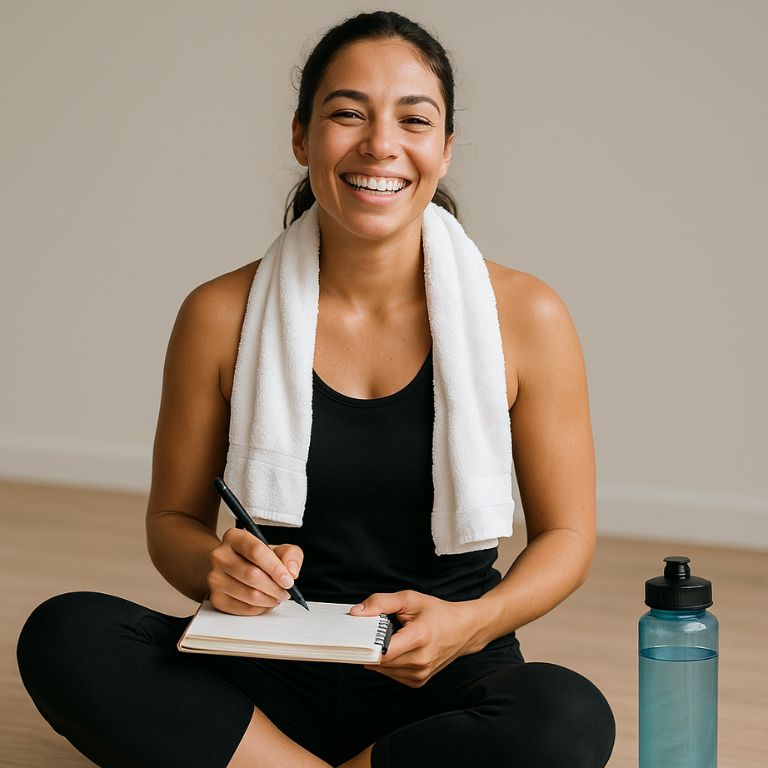Feeling tired, foggy, or drained? But what if the simplest, most affordable fix isn’t a supplement or magic pill? What if it’s simply drinking enough water?

💥 The Hidden Power of Hydration – How Water Fights Fatigue🧠
Even mild dehydration (just a 1–3% drop in body water) can dramatically impact energy, mood, and focus (National Council on Aging, Healthline). In one study, women who lost only 1.4% of their body weight from water exhibited more fatigue and headaches (Healthline). For adults, especially those in their 40s and beyond, hydration is essential for fighting tiredness, brain fog, and low mood.
😴 Does Dehydration Cause Fatigue? Real Scientific Proof🔍
Mild dehydration disrupts cognitive and physical performance
Just a 1–2% dip in hydration impairs brain function, mood, and physical stamina. Studies confirm clear links between dehydration, slow thinking, fatigue, and low motivation .
Impact on mood & energy in real people
A PLoS ONE study found that participants who increased water intake experienced significantly less fatigue and confusion . In contrast, reducing water intake increased tiredness and decreased vigor.
Athletic & physical performance suffer too
Athletes losing just 2% body water feel more fatigued and find exercise harder. Even non-athletic adults see slower circulation and harder-working hearts when dehydrated.
🧩 🌟 Why It’s Especially Important for Adults Over 40🌿
- Lower thirst response with age: Older adults often don’t feel thirsty until they are already dehydrated.
- Common symptoms include fatigue, dizziness, headaches—all signs easily missed or dismissed as aging.
17–28% of older adults are chronically dehydrated—a major but fixable fatigue cause .
🧮 How Much Water Should You Really Drink?🧂
The old “eight 8‑oz glasses” rule is too generic. Here’s a better formula:
Weight (lbs) ÷ 2 = ounces of water per day.
So if you weigh 160 lbs: 160 ÷ 2 = 80 oz (≈2.4 liters).
According to the Institute of Medicine, women need ~2.7 L/day and men ~3.7 L/day .
Hot climates or workouts? Add about 8 oz every 15–20 minutes during activity .
🚰 Budget-Friendly Ways to Stay Hydrated🥗
You don’t need fancy bottles or expensive formulas. Try these simple strategies:
- Track intake: Use a free hydration app or set hourly reminders.
- Infuse water: Add lemon, berries, or mint for flavor and extra motivation.
- Eat water-rich foods: Cucumbers, watermelon, oranges, celery—nature’s hydration snacks.
- Reuse and refill: A sturdy, portable bottle (1 L+) is a great daily companion.
- Morning ritual: Drink a glass first thing—even 200 ml can reduce fatigue and improve focus .
🧼 Signs You Might Be Underrating Hydration (Beyond Thirst)🧭
Look out for these more subtle dehydration cues :
- Brain fog, low mood, trouble concentrating
- Headaches, fatigue even without exertion
- Dry skin or lips; poor skin turgor
- Constipation or digestive sluggishness
- Muscle cramps, dizziness, lightheaded feeling
Each one could mean your body is craving more hydration—not rest or caffeine.
🌱 Real-Life Benefits We’ve Heard From Readers🧘♀️
When adults over 40 simply increased water, they reported:
- More steady energy—no more 3 PM slump
- Clearer thinking and calmer moods
- Fewer sugar cravings or extra snacking
- Fewer headaches and better digestion
- Greater enjoyment in workouts and daily walks
⚠️ Use Water Wisely—Don’t Overdo It🧭
Yes, hydration is powerful—but too much, too fast can cause water intoxication (hyponatremia). To stay safe:
- Drink gradually across the day
- Replenish electrolytes if sweating heavily
- Pay attention to urine color—light yellow is ideal
- Be cautious with rapid, large intakes
✅ Final Takeaways & Daily Action Plan🏁
- Track your daily ounces: Aim for the weight/2 formula.
- Make it enjoyable: Use bottles, infusions, reminders.
- Start Smart: Drink morning water for an instant lift.
- Monitor your signs: Use those 5 subtle cues.
- Adjust as needed: More for heat, exercise, or illness; less for rest.